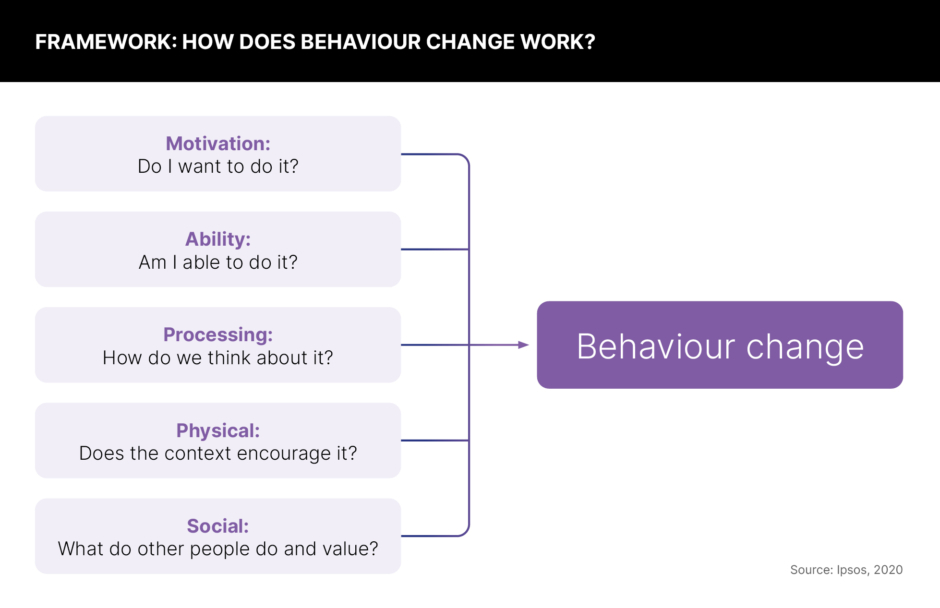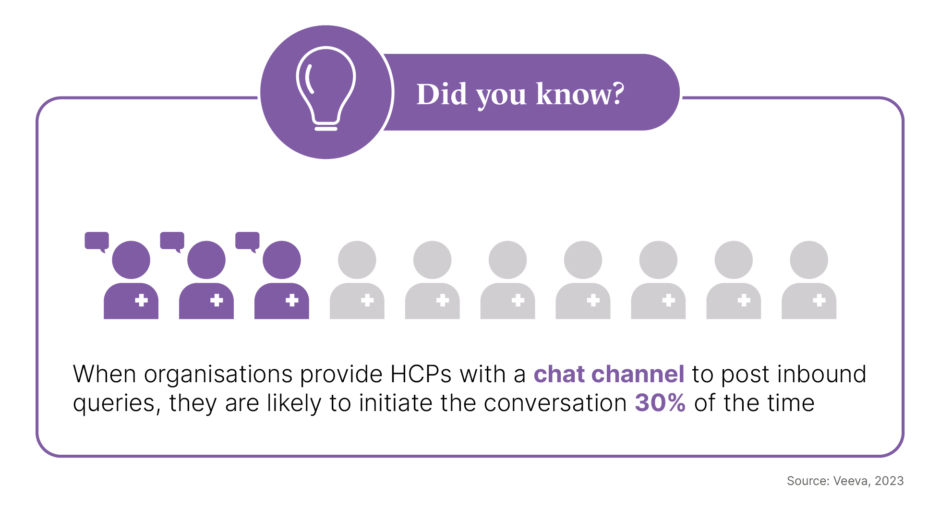When it comes to new innovations, the journey from approval to patient can be a convoluted one. How can pharma teams communicate the latest advances to busy healthcare professionals in a way that works for them?
Words by Jade Williams
There is no denying that the pharmaceutical industry is innovating for a better world. From groundbreaking gene therapies to revolutionary technologies, the last decade has seen a plethora of advances aimed at improving the quality of life for patients worldwide.
The industry on average invests heavily in R&D, with most large pharma companies dedicating between about 14% and 30% of their revenues to these efforts according to research by Drug Discovery Trends. Yet, amidst this flurry of progress and dedicated revenue, a critical question emerges: is the industry doing just as good of a job translating these advancements to healthcare professionals as it is in creating them?
Speaking at Reuters Events: Pharma 2024, Stefan Oelrich, Member of the Board of Management of Bayer AG and President Pharmaceuticals, Bayer, explains how he views the relationship between communication and innovation.
“If we want to unleash the potential around the patient, use health as a driver of growth and fully utilise innovation as the conduit to all of this, then we need to be rowing in the same boat at full speed,” he says. How can teams follow this advice and make bench to bedside more plain sailing?
Knowledge gaps
Despite the high investments made by the pharmaceutical industry, with the top 20 companies having collectively spent $145bn on R&D from 2022-23 according to Deloitte, we know that there can be a gap between industry advances and their adoption in clinical practice.
As many as four out of five breast cancer patients eligible for genomic testing were not told by their oncologist that this treatment was an option for them, reveals Antonella Cardone, CEO, Cancer Patients Europe, also speaking at the Reuters Events: Pharma 2024 event, with many other patients experiencing similar situations with their care.
“We need to make sure that what is available on the market is made available to patients,” Cardone says. If innovations aren’t effectively communicated to those on the front line of patient care, their potential impact is diminished – an outcome that no company or HCP wants to see.
Breaking with tradition
Pharmaceutical research, by nature, is incredibly complex. Communicating the value of and data around new tests, treatments and medical devices to busy healthcare professionals is an age-old problem for the industry, with traditional methods often failing to meet the evolving needs of customers.
Also presenting at the Reuters event, Damien Bailly, President Established Markets, Astellas, believes the industry needs to “evolve [its] customer engagement model from the volume days to a value-based, high-profile partnership” in which it offers “tailored scientific and informative education”.
Ensuring that teams are equipped to execute these activities can be done by going beyond traditional marketing tactics and focusing on providing comprehensive, evidence-based medical information that empowers HCPs to make informed decisions about patient care.
In Graphite Digital’s report ‘Trust: The key factor in HCP engagement?’ HCPs expressed frustration at the fragmented availability of information, which often requires them to visit multiple sites to gather comprehensive details about a product. They also struggle to find full clinical trial papers and desire more extensive research information, including data on alternative drug, the report says.
Providing HCPs with all facts, stats and figures can not only make information far more clinically useful, but also reinforce the foundations of trust between HCPs and the wider industry.
Customer psychology
To create communications that hit the mark, medical teams could even look to behavioural science tactics, with an Ipsos framework identifying the questions a person is likely to ask before making a behaviour change – shedding light on the challenge at hand.
The questions include whether a change is something the individual wants to do, whether the context encourages it and whether other people are making the change.

“These reflect the importance of social norms and cultural values, as well as the adaptive processing element of behaviour,” the report says, explaining that this correlates with the degree to which we slow down to consider something or perform it automatically.
This unveils why the latest, most innovative advances can be difficult to engage customers with, and why special attention is needed when an HCP hears about an innovation for the first time. Making a behaviour change is far from automatic, so industry needs to provide the right information to counter inherent biases.
Inbound channels
Another way to ensure HCPs are aware of the latest options for their patients could be to create channels for them to engage with pharma themselves.
A recent study by Veeva found that when HCPs are given a compliant chat channel with pharma, they are likely to initiate conversations 30% of the time. Using this technology, HCPs can keep up to date on their own terms and easily inquire about what treatments might be suitable for their patients. This serves to empower, rather than fatigue customers.
The tides, however, are almost never still: the challenge of translating advances to HCPs is constantly evolving. “The problem is that the industry is never solely static,” Bailly continues. To gain an advantage in patient care, pharma not only needs to improve how it translates its insights and advancements into practical solutions – it needs to do this “at pace”.
Final word
While the industry continues to drive forward medical innovation, ensuring that healthcare professionals are well-equipped to leverage these advancements remains paramount. It’s not about selling drugs; it’s about getting information to healthcare professionals and innovations to patients.
“The value of a pharma company is determined by the quality of its innovation, not by the muscle of its marketing,” comments Oelrich. But it helps if teams can use that muscle to get the word out about new therapies and devices.
Ensuring that the benefits of a new product are communicated to HCPs, highlighting its real-world value and life-enhancing qualities, will ensure that it has its desired impact and that no patient misses out on an innovation that could change the course of their health journey.










